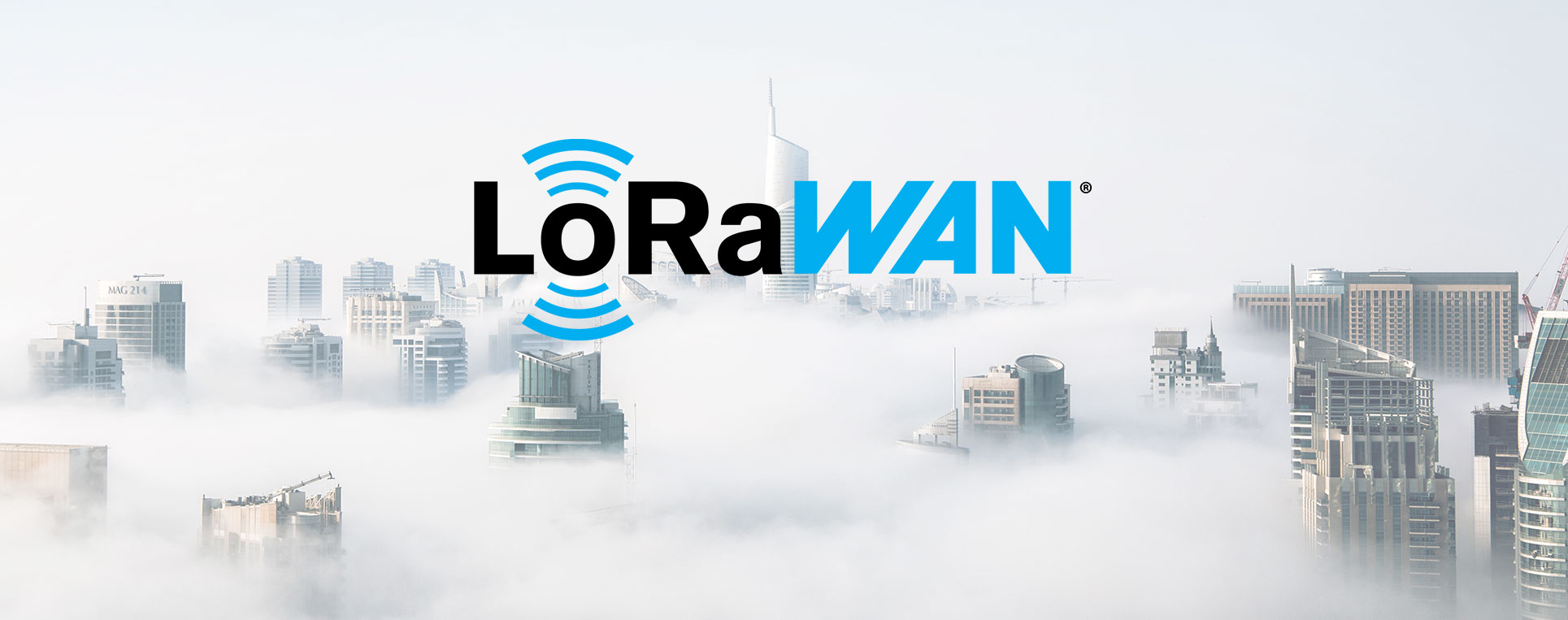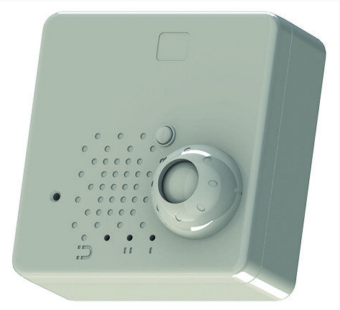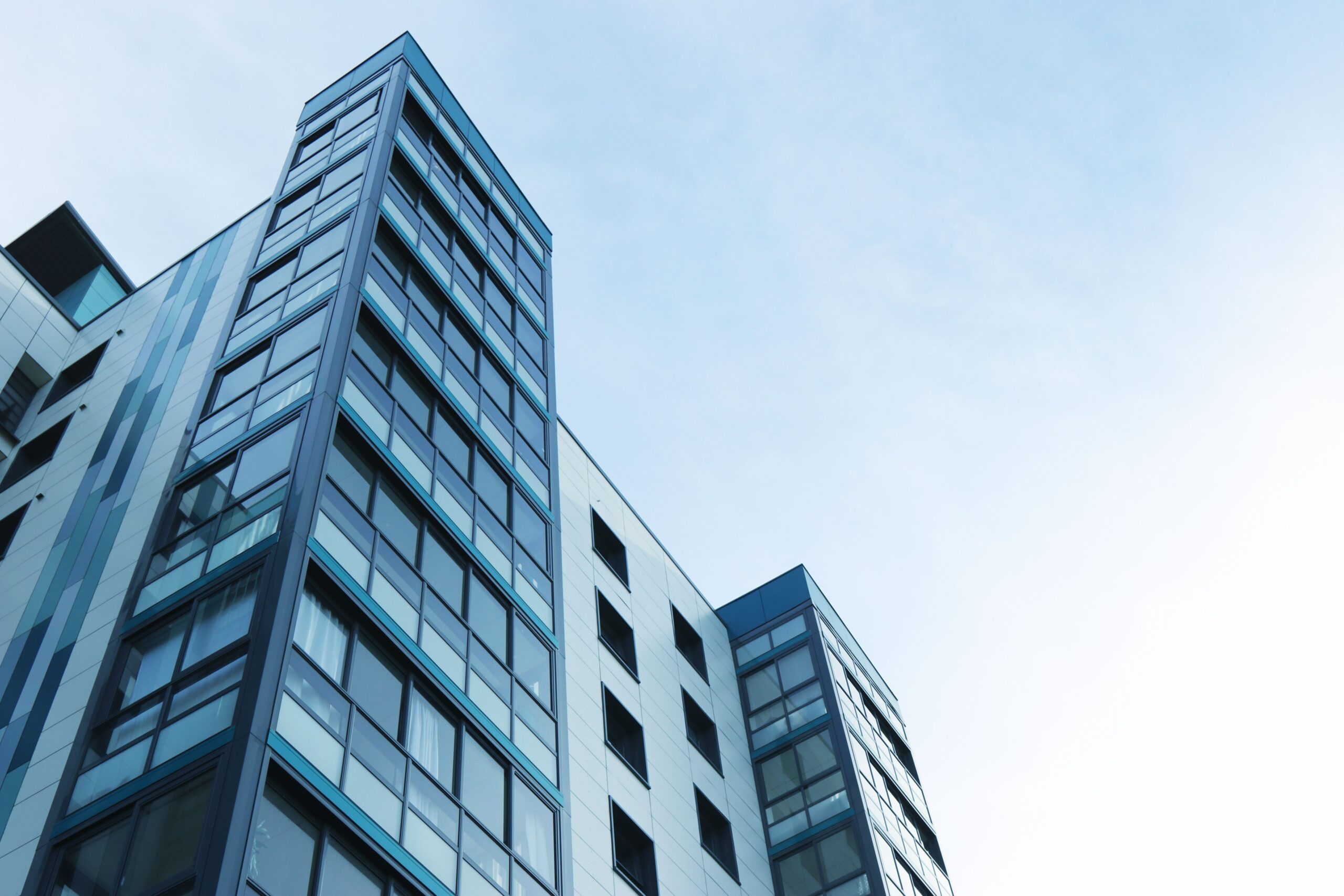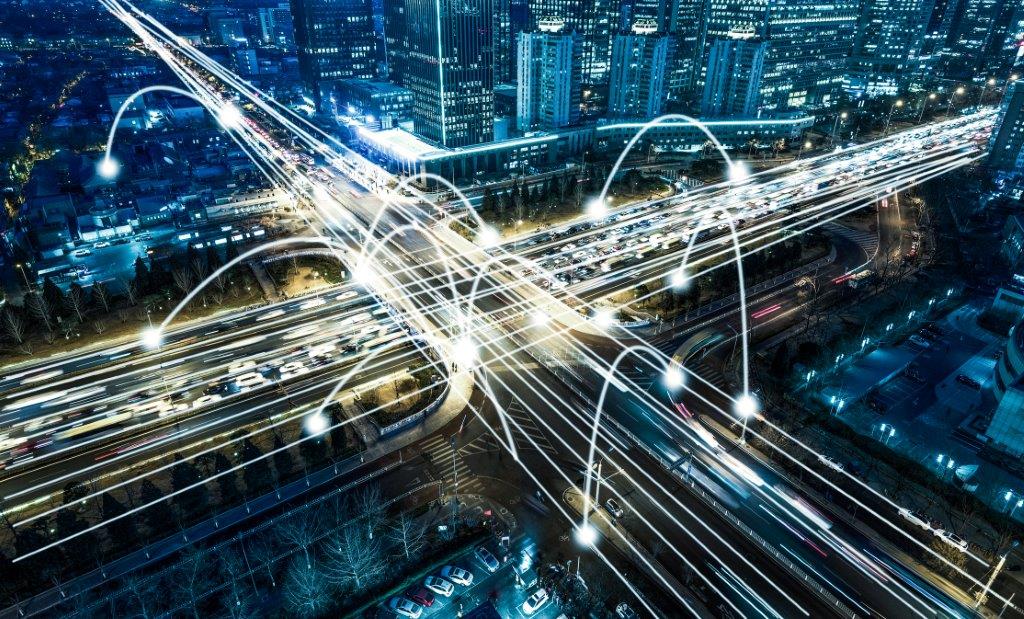LoRaWAN is a technology that we have been hearing for several years now. Yet we notice with partners and customers that there is still a lot that is unclear about this technology. In this article we therefore explain the basic LoRa and LoRaWAN, which advantages this technology offers and which possibilities can arise. Together with TEKTELIC, Capestone LoRaWAN offers solutions for the main ISM frequency bands and the products suitable for a wide range of vertical applications. Ranging from enterprise and commercial implementations to service providers and industrial solutions.
Get in touchLoRa stands for Long Range and is a wireless technology that allows small amounts of data to be sent over great distances. LoRa is part of the low power wide area (LPWA) network technologies. These technologies are expected to drive the adoption of the Internet of Things as they are purpose-built for devices with low power consumption and long battery life.
LPWA has two classifications. The first is cellular LPWA, which uses a mobile network. This includes, for example, Narrowband IoT (NB-IoT) and Long Term Machine Type Communications (LTE-M). LoRa is a non-cellular LPWA network that distributes information across different frequency channels and data rates using encrypted packets.

LoRaWAN is the network protocol that links the LoRa signal (sensor data) to the application(s). Simply put, LoRa is the radio signal that carries the data, and LoRaWAN is the communication protocol that controls and defines how that data is communicated over the network. It wirelessly connects devices to the Internet and manages communication between terminals and network gateways.
The main advantages of LoRaWAN are that it provides low power, long range and cost-effective connectivity for devices that do not require high data rates. Also, it’s a good option when cellular is too expensive or Wi-Fi coverage isn’t available.
With the arrival of LoRa, new possibilities have arisen within the Internet of Things. For example, LoRa allows data communication to be sent over a long range with low power consumption, filling the gap in the technology of cellular, Wi-Fi and Bluetooth Low Energy (BLE) networks that require either high bandwidth or high power. require, or have limited range or are unable to penetrate deep indoor environments.
There are various industries where LoRaWAN offers good solutions:

Within the agricultural sector, many companies are looking for solutions using the Internet of Things (IoT). This does not come as a shock as the Food and Agriculture Organization (FAO) already predicted in 2009 that food production will grow by 70% by 2050. Smart Agriculture, LoRa and LoRaWAN are essential for a revolution in this sector. We explain one of the most important Smart Agriculture applications.
Measure soil moisture. By measuring the moisture in different places in the soil, it is easy to calculate when is the best time for sowing and harvesting. Sensors also detect changes in temperature in a greenhouse, using this data the ventilation and irrigation can be adjusted accordingly. Many of the successes in agriculture depend on accurately measuring and responding to circumstances. With sensors, farms can obtain relatively cheap and simple insight into the live location of the livestock, the weather or the conditions of the soil.
The Agriculture Sensor is the perfect solution for collecting important soil and environmental measures of crops, for example. Several variants are available for various mounting options, including direct ground mounting or elevated mounting on a post, fence or vine.
LoRaWAN is seen as the foundation of Smart Building. We explain three popular Smart Building applications below.
Energy Management. With LoRaWAN you can bring all energy related systems together for Smart Building management. This way you can connect lighting, heating, air conditioning and fire safety. In this way, control and energy reduction can easily take place.
Workplace Optimization. Offices can also optimize data collected with LoRaWAN. By measuring and analyzing traffic, geolocation and real-time availability in the office building, the office environment can be reshaped. This increases staff satisfaction and contributes to the safety of workplaces and the use of office resources.
Smart Building Security. With LoRaWAN, windows, doors, fire alarms and motion detector sensors can be organized in one security system.
With the Smart Room Sensor Gen 3 from Tektelic you can monitor the office environment. For example, the humidity, light, movement, shock, or the detection of leaks, open / closed doors and windows can be measured and reported.
Capestone offers both ‘lite’ gateways, ideal for indoor office building applications, as well as robust, larger gateways with more power, which can further increase the distance to the sensors. In addition to agriculture and smart building applications, we are also seeing an increase in private LoRaWAN applications in industrial complexes. Where the distances can be great and a private network is important.
We offer you the opportunity to build your own private LoRaWAN network with the hardware and sensors. This can be done with your own network server or you can use Tektelic’s server. You can view the sensor data in a customized dashboard, but you can also use your own platform or dashboard. In this way you have the choice to opt for a complete end-to-end package or you can choose a number of elements that you need. Finally, you can also insert your own sensor and unlock it via LoRaWAN. Capestone is happy to advise you about the possibilities; from LoRaWAN entry-level model to operator-grade equipment.

PIR version
Motion sensor
Battery life: Up to 10 years
View productWe are eager to help answer your questions. Whether you are looking for technical support for your Wireless WAN solution or general information about our portfolio. Leave your message and we will get back to you soon!
Get in touch





